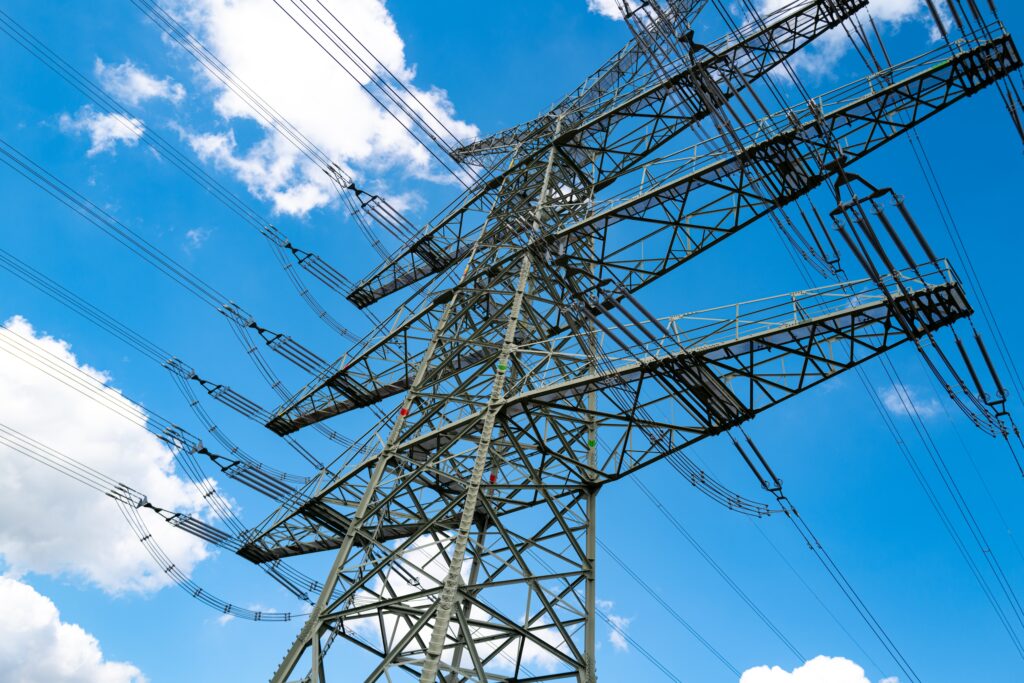The growing integration of renewable energy sources has led to an increasing reliance on Inverter-Based Resources (IBRs), such as solar, wind, and battery energy storage system (BESS). Unlike traditional synchronous generators (SGs), IBRs inherently lack physical inertia, making them less responsive to frequency fluctuations and posing a significant challenge to grid stability. While recent technological advancements—such as grid-forming (GFM) and grid following (GFL) inverters and virtual synchronous machines—have improved IBRs’ ability to support frequency, these innovations alone are insufficient for largescale deployment. This article focuses on the economic and regulatory incentive mechanisms needed to encourage IBR participation in frequency regulation. It proposes incentive mechanisms ranging from regulated approaches suitable for early stages of IBR integration to diverse frequency response (FR) market mechanisms designed for IBR-dominated power systems. Furthermore, it highlights the importance of incorporating frequency-related constraints into power system optimization models to improve operational decisions and resource allocation. This article concludes that combining technical innovation with efficient incentive frameworks is essential for enabling IBRs to effectively support a resilient, reliable, and low-inertia future grid.
For more on this article click here.


